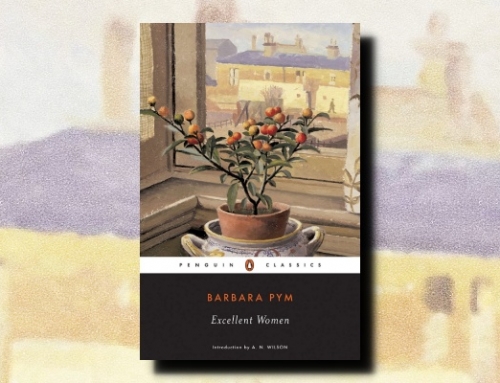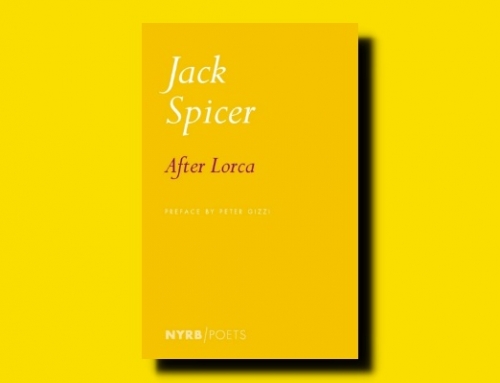Charlotte Brontë: A Fiery Heart by Claire Harman Knopf (2016) Originally published in 2015 as Charlotte Brontë: A Life 462 pp
Before I ever read a word of Jane Eyre or Wuthering Heights, before I ever looked with any critical attention at the lives of the family, I felt I knew the Brontës. I went to the parsonage in Haworth that served as the Brontë’s home only on the basis of a gloomy aura that I then found (and still do find, I must say) appealing, because it wasn’t my life and therefore was easy to romanticize, and I found Haworth exactly as I hoped. It was a sunny, though still rainy, day that suggested a long afternoon, and the crows were making noise in the trees over the cemetery that sits outside the front door. Somehow, by the time I walked to the moors behind the home, the sun was gone and it had gotten colder. It was perfect (at least, that’s how I remember it). I bought both of those famous books I’d never read that day, in the museum, and started Wuthering Heights that night. It seemed to further confirm what my heart wanted.
In the years since, I’ve come to realize that as “truthful” as any of the stories I heard about the Brontë family might be, the stories form a mythology I had latched onto without giving account of the nuances that fit into a real life, lived second by second. What I felt was the result of significant warping after nearly two centuries of fascination with the tragic family and their books. This year marks the 200th anniversary of the birth of Charlotte Bronte, and a new biography has arrived. Not being an expert, I cannot say what I think Claire Harman gets right in A Fiery Heart, but I was thrilled to find an even-handed biography, rooted deeply in research of materials that were not available to prior biographers. This is a welcome biography of a poor, plain, brilliant, ambitious woman whom generations have shaped to suit whatever romantic whims we may have at any given time.

Conceptions of Charlotte go several ways. For some, she sat in dark rooms behind closed doors, lonely, perhaps a bit mad, definitely morbid. This conception might come from the first biography on Charlotte, written a couple of years after her death by her friend Elizabeth Gaskell who was responding to critics who thought the author of Jane Eyre couldn’t be a respectable lady; Gaskell hands them a fascinating story of a good woman in dire circumstances. On the other hand, a bit over a decade ago, Tanya Gold displayed several biographical fallacies in her article that responds directly to Gaskell’s biography, “Reader, I shagged him: Why Charlotte Brontë was a filthy minx” (here). There she characterizes Charlotte as a lustful, transgressive woman, bursting at the seams:
When I first read her at the age of 13, I thought she was another boring Gothic drudge who got lucky. When I returned to her 10 years later, I reconised her. [. . .] She was toothless, almost penniless and — to Victorian society — worthless. But she dared to transcend her background and her situation. In her novel Jane Eyre, a dark Cinderella tale of a plain, orphaned governess, she dared, baldly, to state her lust.
Into this world of myths and counter-myths comes Harman’s new biography, which spends time with a complex Charlotte and acknowledges deprivation and ambition, sense and sensibility.
We meet, straightaway, Charlotte on a dark, 1843 night in Brussels, where Charlotte was working as a teacher. She and her sister Emily had been there the year before when Charlotte was a student, reveling in the praise her teacher, Constantin Heger, offered her. Charlotte fell in love with the older man. Heger himself was married to the school’s headmistress. This year, with Charlotte as a fellow (though unpaid) teacher, Heger paid her little attention, perhaps, as Harman tells it, because he realized that she was not understanding the source of his affection and because he did not wish to get any bad reputation for him or the school. So we meet Charlotte isolated in a foreign country, this time without her sister, visiting a friend’s grave. She then makes the radical decision to enter a Catholic church and confess, though she was no Catholic herself.
Harman casts this moment of confession as a pivotal moment in Charlotte’s life. Yes, she was struggling with heartache and loneliness and no doubt a degree of embarrassment and shame, but there was more:
But Charlotte was also struggling with the larger issue of how she would ever accommodate her strong feelings — whether of love for Heger, or her intellectual passions, or her anger at circumstances and feelings of thwarted destiny — in the life that life seemed to have in store for her, one of patchy, unsatisfying employment, loneliness and hard work. What was someone like her, a plain, poor, clever, half-educated, dependent spinster daughter, to do with her own spiritual vitality and unfettered imagination? How could she live with the painful ‘consequences of faculties unexercised’ that had moved her to go abroad in the first place, and that she recognised, from the example of her equally brilliant siblings, not as some sort of freakishness, but as an intimation of the sublime?
Personally, I find this vision of Charlotte compelling. Yes, she was lonely, and yes she had unfulfilled passion, but she was even more complex than that. She didn’t write simply to arouse herself to a frenzy, as Gold suggests (though perhaps that’s in the mix); she wrote because she was brilliant and knew it. She had a lot to share. For Harman, that sharing began on the night of her first and probably only confessional.
Her experience in Ste-Gudule gave her an idea not just of how to survive or override her most powerful feelings, but of how to transmute them into art. Within a year she was writing her first novel, The Professor, and, soon after that, sending out her poems to publishers with those of her sisters, under the pseudonyms Currer, Ellis and Acton Bell.
After this finely rendered prologue — which captivated me three times — the biography becomes more what we might expect, though it retains its insights and drive. We start by going back a generation before Charlotte was born, to her father, another mythological figure, who was born Patrick Brunty in Ireland. We watch as he becomes Patrick Bronte, a clergyman in Yorkshire, and a powerful influence over his family, outliving all of his six children by years. On the other hand, Charlotte’s mother died when Charlotte was only six years old, and Harman does a great job providing these biographical details with analyses of Charlotte’s books: “Charlotte Bronte’s heroines are all motherless, adrift and starving for parental love.”
The book proceeds in chronological order through Charlotte’s fascinating life of success and loss and severe emotional turbulence, rooted, for Harman, in large part on her failed and immature relationship with Heger, something Gaskell left out of her biography completely. And if I think Harman gives Heger more weight than I am convinced fits the evidence, she is convincing when she links Charlotte’s constrained spirit to her cramped sexuality as well as her burgeoning intellect. But certainly she and her siblings coaxed each other along as well, and the stories included here — of her close relationship to her brother Branwell, in particular — are rich and vibrant, making their fates altogether devastating.
Finally, a word on the title, A Fiery Heart. I believe the evidence is clear that Charlotte had a fiery heart. Many today wish to unleash it and get angry at accounts of Charlotte’s sequestered life, suggesting that feeds a myth that is anti-feminist. Harman seems to have no such qualms, though, and gives us a human being who embodies much more than any one perspective could account for. I prefer, then, the original title used in the U.K. when the book was published there last October: Charlotte Bronte: A Life. Too conventional? Perhaps. Nevertheless, that encompasses what I see here better than A Fiery Heart.








Leave a Reply